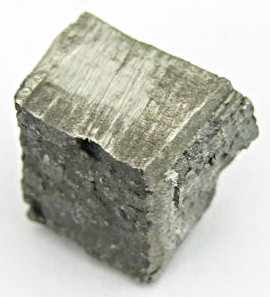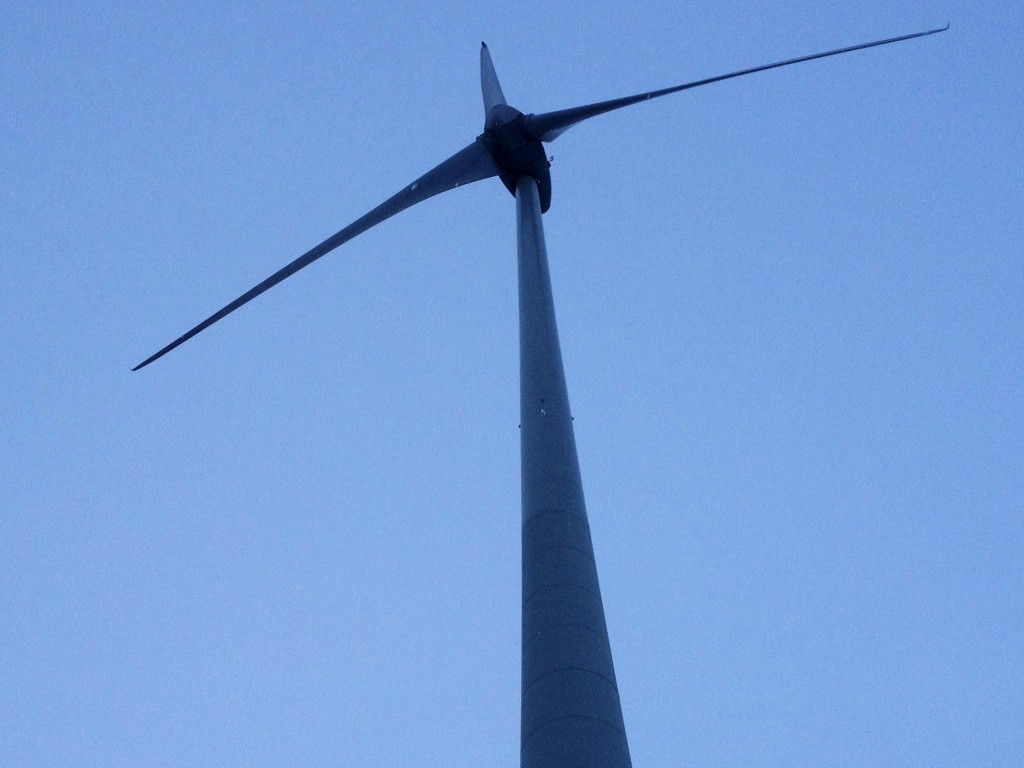Search Results for Tag: light bulbs
Exploring the North – rare earths crucial for renewable energy
Below the Scandinavian snow cover, there are even more resources (apart from ice) that make the North special. Mining is a big deal in this region, especially in Sweden. From copper, iron ore to gold, the country is rich in minerals and metals – in fact, it is the largest mining region in Europe. So it’s not that surprising to find some real precious treasures in the Swedish ground – rare earths. They are not only important for smartphone chips and laptop processors, but also play a crucial role in renewable energy technology and thus in energy transition, helping the world to emit less CO2.
These non-renewable resources for renewable energy technology have strange names – dysprosium can be found in magnets that are used to run generators in wind power stations. Ytterbium is used for tubes in reactor technology, neodymium is important for the engines of electro- and hybrid-cars. Terbium can in turn be found in semiconductors important for building solar cells.
They are all found in Norra Karr and Olserum, two (potential) mining sites in Sweden. They are owned by the Canadian mining company Tasmet, which has applied for permission to mine in Norra Karr and is exploring the site in Olserum. Both are the only (so far known) sites in the European Union, where rare earths can be found. So far, the largest producer is China – producing 97 percent of the world’s rare earths in 2009. These metals are used all around the world and demand is projected to rise from 130,000 tons per year in 2012 to 186,000 tons in 2015. One already senses where problems might arise.
At the end of 2010, China restricted export of rare earths for the first time, putting the EU’s energy strategy at risk. What’s more, car manufacturers such as General Motors or Toyota searched for (and claimed to nearly have found) alternatives to become more independant. But so far, there don’t not seem to be alternatives that are feasible on a large scale. Which is why, even small deposits are still lucrative to mine and researchers are keen on finding new ways of mining.
Now you might think this isn’t my problem but rather that of big manufacturers. Well, you are almost right. We all have small earth desposits in old computers, TV monitors and outdated mobile telephones stored in our cellars and attics. Aware of possible shortages of the metals, the electronics industry is aiming to develop feasible recycling methods for rare earths that are still not in place.
So, if some day we do have these proper recycling methods in place, keep your attic-treasures in mind…they just might contribute to something big:
Earth Hour 2011
Yesterday was Earth Hour 2011–did you take part? Or watch the lights turn out in your city? Earth Hour was started by World Wildlife Fund, or WWF, in 2007, and now it takes place every year on the last Saturday in March. For one hour across the globe, homes and businesses switch off their lights and electrical appliances to send a message about climate change.
The participation has grown year after year: in 2010, 126 countries took part, compared to 96 the year before. It's always an impressive site to see major cities like Sydney, New York, Paris and Berlin power down for an hour–the Russia Today video above gives you an idea of what it looks like. But every household and every person who takes part is also making a major contribution.
Do you have pictures from Earth Hour 2011? Post them on our GLOBAL IDEAS Facebook site!
Eco-friendly CES
The Consumer Electronics Show has kicked off today in Las Vegas. It's one of the biggest trade-shows in the world and a major trend-setter in the electronics world. Plus, organizers say it's the greenest trade-show in the world.
CES has a list of its environmentally-friendly features, which include green products and new alternative energy technologies. The organizers also say 68% of all the waste from last year's show was recycled, and even the wall paper, carpets and toiletpaper used in this year's convention are made from recycled materials. They also took batteries and light bulbs from landfills.
Maybe the coolest green display at CES is the Electric Vehicle TechZone, which boasts 3,500 square feet of high and low speed electric autos. Carmakers like Audio, Toyota and Ford will show off the latest green technology in the auto industry, which should be an interesting display. You can follow along at http://cesweb.org/.







Feedback